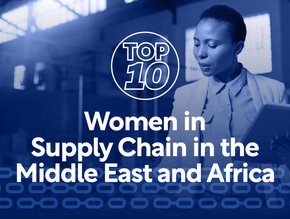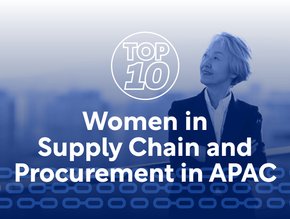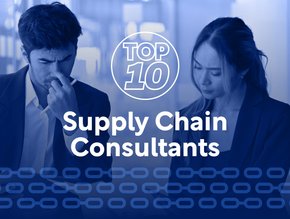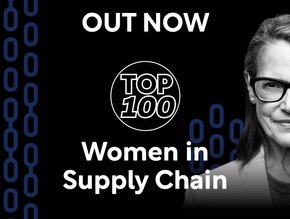Top ten: Successful outsourcing tips

Written by Charlie Wijsman, Client Director for Telco, Media & Technology at transformation consultancy Moorhouse
10.
9.
Without innovation, services will become stale and the cost will cease to be competitive. There is only so far cost reduction can go before it starts impacting on performance. It’s important for both the client and the supplier to help drive innovation in the relationship and to have a true partnership approach. The right level of innovation and risk appetite needs to be agreed on and organisations need to establish a culture of innovation. Are there workplace incentives to put forward ideas? Review these incentives and what happens to ideas within the organisation and take remedial action as necessary.
8.
Assess the alignment between strategy, culture and expectations. Try to determine how well the organisation’s strategic drivers and goals are aligned with each other. If the parties to the deal are not aligned, this needs to be addressed through governance and longer-term initiatives.
7.
Our 2013 Barometer on Change research across £4.4bn of change programmes and over 200 UK senior leaders highlighted that most organisations do not manage change well. Assess the success of the transformation by evaluating staff engagement and the level of enthusiasm for participation in further change programmes. If people are not on board with a programme you need to find out why and what can be done to address this.
6.
Don’t resort to contractual mechanisms and escalations. If there are relationship problems or sudden service changes it is important to work together to find a solution quickly if either side thinks there is an issue. External mediation can also help provide an independent perspective on the problem.
5.
There are two important indicators you can use to assess the strength of the relationships between key stakeholders. The first is how much time and money both parties invest in informal time together. The second is the extent to which the staff are co-located – whether on short-term projects or on a more permanent basis.
4.
Use meaningful SLAs to assess the programme but don’t build too many measures into the contract. SLAs are not the primary mechanism to drive the required outcomes. Instead they should be thought of as an insurance policy to ensure a minimum level of service.
3.
Assess the quantity and quality of the ‘service management’ resource in the buyer organisation as this resource is a critical part of a successful initiative. A good way to measure quality is through proxy measures, like HR ratings and internal customer confidence in the service and service managers. Quantity can be measured more easily via headcount and budget.
2.
Organisations often assess whether the parties to the contract would work together again. However, evaluating if both parties would recommend each other as an outsourcing partner may be a better test of the quality of the relationship and ultimately a good indicator of success of the outsourcing arrangement.
1.
An influential think tank - the Institute for Government - recently called for the Government to pause the planned large-scale programme to outsource public services. One of the major problems they identified was the failure to measure the outcomes of the programme against the original objectives. Organisations should start by clearly defining the benefits case and ensure that the commercial arrangements with supplier(s) incentivise delivery of those benefits.






